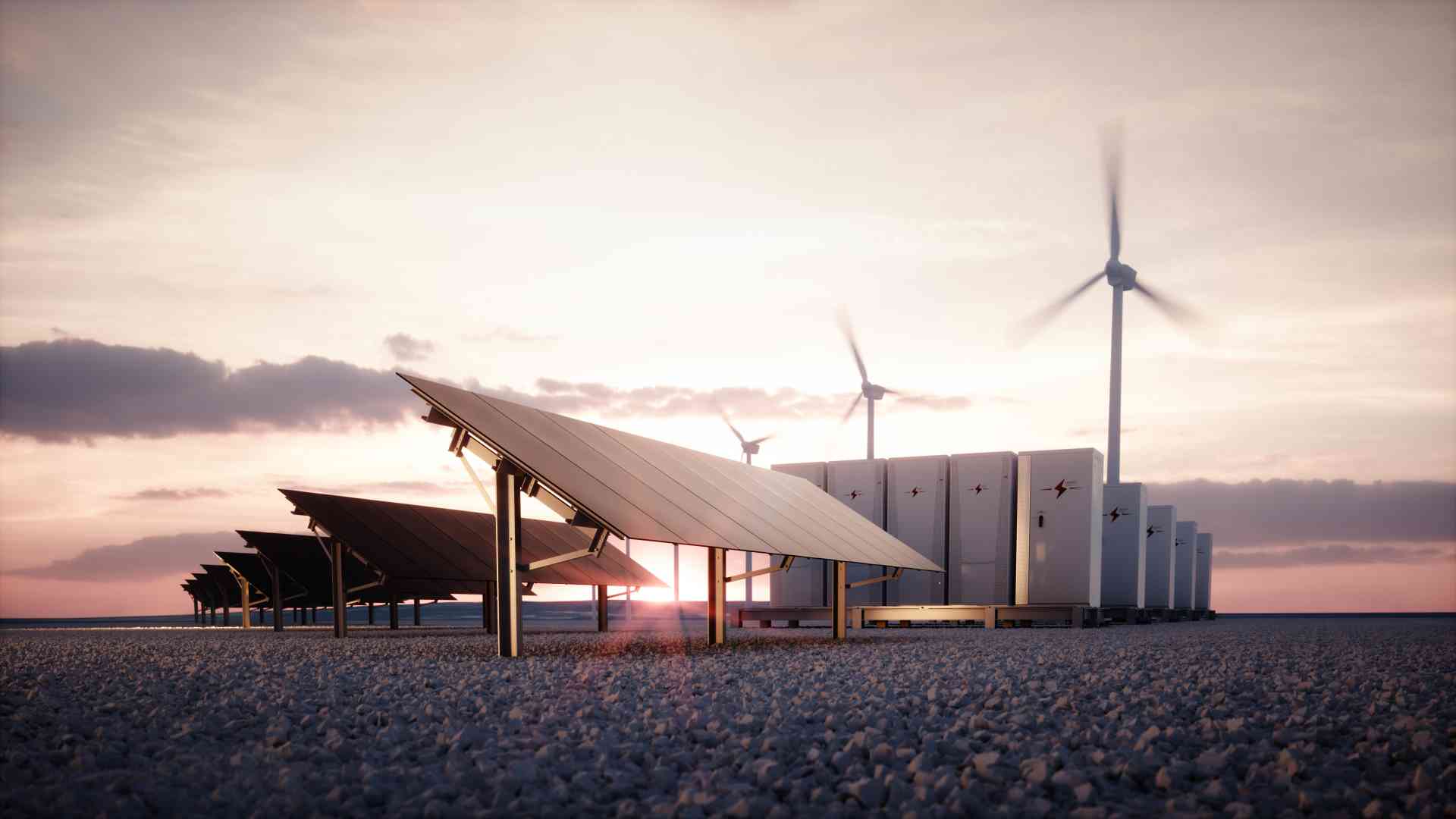ESG Survey Ranks Battery Storage as Top Climate Tech Investment
Battery storage is set to be the most in-demand climate technology investment, and it’s no surprise why. It is an efficient way to store energy for later use when demand increases. But this technology is even more promising because boron can be used in developing lithium batteries, helping them last longer and have a higher capacity.

Battery storage
About Battery Storage
Battery storage is a rapidly growing technology in the energy sector, offering a range of benefits for producers and consumers.
With its ability to store large amounts of electricity generated from renewable sources such as wind and solar power, battery storage can help smooth out fluctuations in energy supply, providing a reliable energy source when needed.
On the consumer side, homeowners and businesses can benefit from reduced electricity costs with the increased efficiency of storing unused power for later use. For utilities, battery storage systems provide an invaluable resource that can help balance consistently fluctuating demand levels.
This helps them plan and manage their resources more effectively, allowing them to respond quickly to changes in demand without sacrificing reliability or security. Battery storage also offers grid-scale benefits by reducing blackouts, maintaining grid stability, and providing backup power during outages.
Battery Storage: The Top Choice for Investment?
According to the ESG survey, battery storage is at the top of the list of climate technologies in which companies want to invest. It was followed by clean energy production systems such as wind and solar power, nuclear energy, transportation electrification initiatives such as electric vehicles, and newer technologies, including batteries, hydrogen, and CCUS (carbon capture, utilization, and storage).
As per a recent Bloomberg News survey, battery storage is poised to become the industry with the most potential. Of 691 respondents, 27% picked battery storage as their top investment opportunity.
These respondents came from three major regions: Europe, the Americas, the Middle East, and Africa, and Asia-Pacific. Solar and wind energy companies came in second with 18%, accompanied by green hydrogen, carbon capture, and electric vehicle manufacturers.

Battery Storage
Source: Bloomberg
How Does a Battery Energy Storage System Work?
A battery storage system or battery energy storage system (BESS) works by storing energy from the solar panels or grid during off-peak hours and releasing it back during peak hours.
This means the battery is charged when electricity is plentiful and discharged when needed. It’s like having your power plant in your home, as you can generate and store excess energy whenever possible.
The batteries used in these systems are usually lithium ion, which is the more popular choice due to their superior capacity and longevity. These batteries use boron as a boron-doped diamond, which facilitates the movement of lithium ions between the two electrodes. This enables efficient charging and discharging processes, ensuring reliable power on demand.
Boron doped diamonds are generated using chemical vapor deposition (CVD), and their properties are affected by operating conditions like pressure, temperature, and deposition time. Furthermore, surface termination and the sp3/sp2 ratio affect the final properties of BDDs.
In the case of lithium ion batteries, several attempts have been reported to employ BDDs for this purpose. These include including
- lithium in the diamond throughout CVD growth,
- implanting lithium ion into BDD and using that as an anode,
- Diffusing lithium ion with or without an electric field,
- Using BDD as a cathode and lithium foil as an anode, and
- Altering doping levels in BDD for lithium intercalation.
Additionally, boron helps lower the risk of overcharging and thermal runaway incidents that can lead to safety concerns. With proper care and maintenance, lithium ion batteries can offer years of reliable service with minimal need for replacement.
Boron is also a key element in solar energy storage due to its ability to store and release energy when exposed to light. Boron is used in solar cells, which are the main components of solar panels. These cells take up sunlight and transform it into electricity.
When boron-based materials are introduced into the cell, they help improve the efficiency of the energy conversion process by trapping electrons released from photons and then releasing them later. This enables more efficient use of energy that would have otherwise been lost as heat or dissipated in other ways.
Battery Energy Storage Market
As the global energy market continues to evolve, the demand for large-scale battery energy storage solutions is increasing rapidly. With governments and businesses worldwide seeking ways to reduce their carbon footprint, battery energy storage has emerged as an appealing option due to its ability to provide reliable and cost-effective electricity.
As per fortune business insights, the global battery energy storage segment is expected to rise at a compound annual growth rate (CAGR) of 16.3% from $10.88 billion in 2022 to $31.20 billion by 2029.





